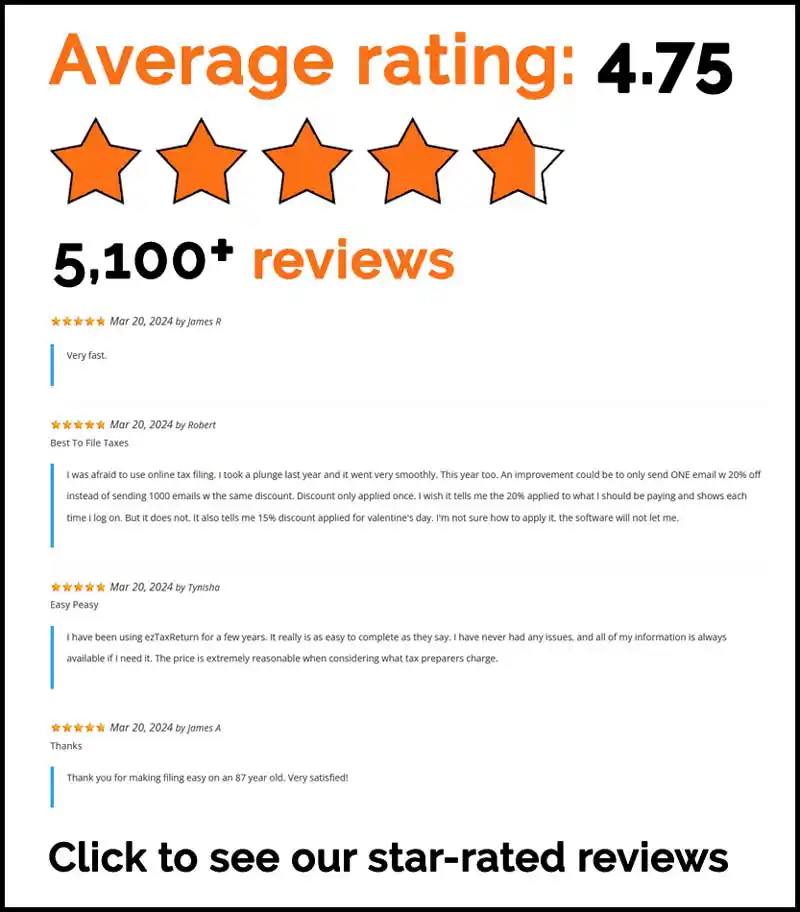When you’re living paycheck to paycheck, receiving an unexpected or large medical bill can feel like a financial disaster. In fact, medical debt is one of the leading causes of personal bankruptcy in the U.S. But don’t panic just yet — you don’t have to break the bank to pay your medical bills. With a little time, effort, and strategic negotiation, you can significantly reduce what you owe, or even eliminate some of it altogether. Here’s how to negotiate your medical bills and save money in the process.
What is a Medical Bill?
A medical bill is a statement from a healthcare provider that outlines the services you received, the charges for those services, and the amount you owe. It’s essential to carefully review your medical bill to ensure accuracy and avoid any errors.
Here are some key components to look for in your medical bill:
- Date of service: The date you received the medical service.
- Description of service: A detailed description of the medical service you received.
- Charges: The amount charged for each service.
- Insurance information: The name of your insurance provider and the amount they paid.
- Balance: The amount you owe after insurance payment.
It’s also important to understand the different types of medical bills you may receive, including:
- Hospital bills: Bills from hospitals for services such as emergency room visits, surgeries, and hospital stays.
- Doctor bills: Bills from physicians for services such as office visits, procedures, and tests.
- Lab bills: Bills from laboratories for services such as blood work and other tests.
- Pharmacy bills: Bills from pharmacies for prescription medications.
Below are some strategies to help you negotiate your medical bills.
1. Request an Itemized Bill
To begin negotiating your medical bills, it’s crucial to fully understand what you’re being billed for. Many patients are often overcharged for services they didn’t receive or for items that were incorrectly coded. Request an itemized bill from your healthcare provider. This detailed list will break down each service and charge, making it easier to identify any discrepancies.
Once you have the itemized bill, carefully review it line by line. If you find charges for services you didn’t receive or any unfamiliar fees, contact your provider for clarification. While this process may take some time, it’s worth the effort. Should you uncover any issues, ask for a delay on the bill’s due date until everything is resolved. Reach out to the billing office for clarification on any charges and to address any discrepancies.
2. Look for Common Billing Mistakes
Errors in medical billing occur more frequently than you might realize, often leading to inflated bills. Here are some common mistakes to be aware of:
- Upcoding: This happens when you are billed for a more costly treatment or procedure than what was actually administered. For instance, you might be charged for a brand-name medication when you were actually given a generic version.
- Incorrect patient information: Mistakes such as misspelled names or wrong insurance numbers can result in your insurance claim being denied, leaving you with a larger bill.
- Duplicate charges: Ensure you haven’t been billed multiple times for the same service.
If you identify any of these errors, contact the billing department of the healthcare provider and request a correction. Doing so could reduce your bill without the need for negotiation.
3. Know Your Rights and Review Insurance Coverage
Before you begin negotiating, it’s essential to understand your insurance coverage and your rights. Review your Explanation of Benefits (EOB) to determine what your insurance has covered and what remains unpaid. Ensure that the medical charges align with your policy’s terms and verify that the amounts match the agreements made by your insurance provider.
If there are discrepancies between your bill and what your insurance company has paid, contact both your healthcare provider and insurer to resolve the issue. Knowing the limits of your policy and your rights to dispute charges can be advantageous during the negotiation process.
4. Try to Negotiate the Bill
Once you’ve reviewed your bill and made sure everything is correct, it’s time to start negotiating. If you can’t afford to pay the full amount, reach out to the healthcare provider’s billing department and let them know your situation. Many healthcare providers are willing to work with patients who are experiencing financial difficulties. Here’s what you can do:
- Offer to pay a percentage of the bill: If you can’t afford to pay the full amount, offer to pay a percentage of the bill, and see if the provider will write off the rest. Some healthcare providers may be open to this, especially if they know they might not get anything at all if you are unable to pay.
- Set up a payment plan: Many healthcare providers will agree to a manageable monthly payment plan, allowing you to spread out the payments over time. Ask for a plan that fits your budget.
Be polite but firm when negotiating. Keep in mind that many healthcare providers would prefer to receive some payment rather than none at all, so they may be willing to reduce the amount you owe.
If negotiations fail, your account may be sent to a collections agency. It’s important to have a reasonable offer based on your income when negotiating with these agencies. Utilize tools and strategies to assist in this process to reach a favorable agreement.
5. Ask for Discounts or Financial Assistance
Many hospitals and medical centers offer financial assistance programs or charity care to help lower-income patients pay their medical bills. These programs may not always be advertised, but they can significantly reduce your medical expenses if you qualify. Financial assistance programs in hospitals are commonly called ‘charity care.’
Ask your provider directly about available discounts or assistance programs. You may qualify for help, especially if you are uninsured, underinsured, or have significant financial hardship. Some providers may even offer discounts for paying your bill in full, so it’s worth asking.
6. Explore Government Programs and Other Resources
If you don’t qualify for charity care, there may be government programs or other nonprofit organizations that can help. For example, Medicaid, Medicare, Children’s Health Insurance Program (CHIP), or other state-run programs may assist you in covering medical costs, depending on your eligibility. You can also explore nonprofit patient advocacy groups that specialize in helping people reduce medical debt.
In addition, consider seeking help from a medical bill advocate or a financial counselor who can negotiate on your behalf and help you navigate complex billing issues.
Hospital Bills and Payment Options
Hospital bills can be overwhelming, especially when you’re dealing with a medical crisis. However, there are several payment options available to help make your hospital bill more manageable.
Here are some common payment options for hospital bills:
- Payment plans: Many hospitals offer payment plans that allow you to pay your bill in installments over time.
- Financial assistance programs: Some hospitals offer financial assistance programs that can help reduce or eliminate your bill.
- Charity care: Nonprofit hospitals are required by law to offer charity care programs that provide free or discounted care to eligible patients.
- Insurance: If you have health insurance, your insurance provider may cover some or all of your hospital bill.
- Credit cards: Some hospitals accept credit cards as a form of payment.
It’s essential to discuss your payment options with your hospital’s billing department to determine the best course of action for your situation.
In addition to these payment options, there are also several resources available to help you navigate the hospital billing process, including:
- Patient advocates: Patient advocates are professionals who can help you navigate the hospital billing process and advocate on your behalf.
- Nonprofit organizations: Nonprofit organizations such as the Patient Advocate Foundation and the National Patient Advocate Foundation offer resources and support to help patients navigate the hospital billing process.
- Government agencies: Government agencies such as the Centers for Medicare and Medicaid Services (CMS) and the Department of Health and Human Services (HHS) offer resources and support to help patients navigate the hospital billing process.
By understanding your hospital bill and exploring your payment options, you can better manage your medical expenses and avoid financial hardship.
When to Seek Professional Help
If you’re feeling overwhelmed or if negotiations aren’t yielding results, it might be time to seek professional help. A medical bill advocate or a financial counselor specializes in negotiating medical debts on behalf of patients. These professionals are skilled at navigating complex medical billing systems and may be able to secure better discounts or terms than you could on your own. While there may be a fee for their services, it can be worth it if they can help you save money in the long run.
Impact of Medical Bills on Tax Filing
Once your medical bills have been reduced or written off, it’s important to consider the impact on your tax filing. Many people don’t realize that medical expenses are tax-deductible if they exceed a certain percentage of your annual income (7.5% for most taxpayers as of 2025). Be sure to keep records of all medical payments and negotiated reductions, as they could help you claim deductions come tax time.
Track your medical expenses carefully, especially if you’re paying off a bill in installments or if any charges were reduced. At the end of the year, these expenses might help lower your taxable income and reduce the amount you owe in taxes.
Conclusion
With the right approach, you can significantly reduce your financial burden. Start by reviewing your itemized bills, looking for common billing errors, and understanding your insurance coverage. From there, don’t be afraid to negotiate directly with your provider, ask for discounts, or explore financial assistance programs. Finally, remember to keep track of your medical expenses for tax purposes.
By following these steps, you can save money, avoid financial hardship, and potentially even claim deductions on your taxes.
The articles and content published on this blog are provided for informational purposes only. The information presented is not intended to be, and should not be taken as, legal, financial, or professional advice. Readers are advised to seek appropriate professional guidance and conduct their own due diligence before making any decisions based on the information provided.




